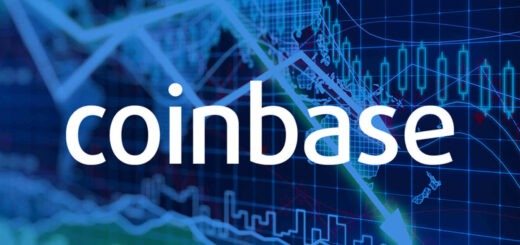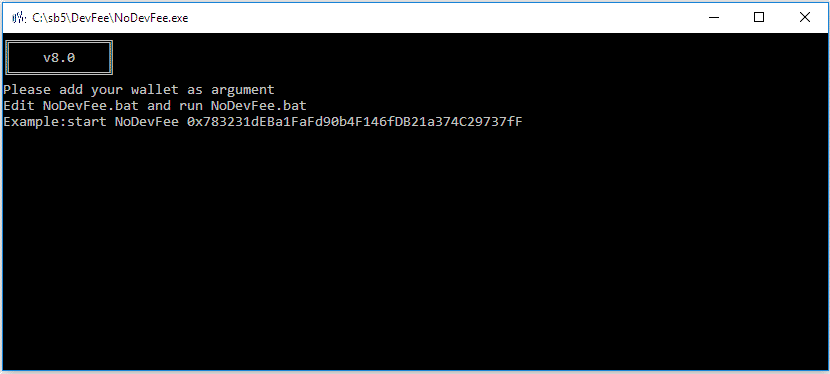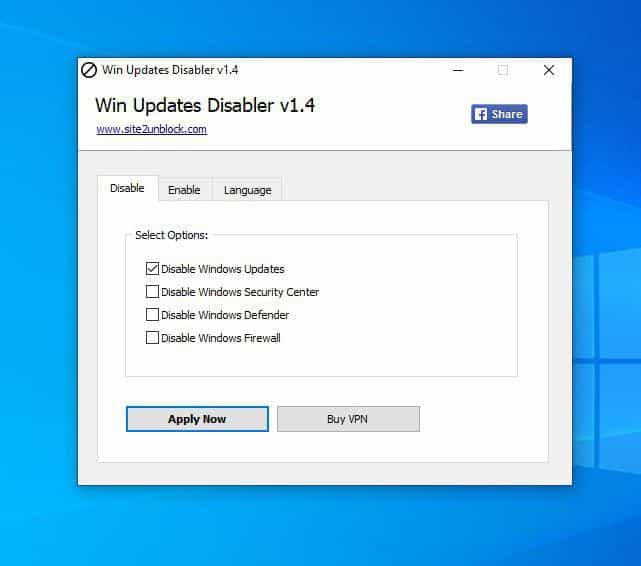Ethereum developers transfer London hardfork to August
The expected London hardfork has already been deployed in several Ethereum test networks. Developer Tim Beiko proposed to activate the update on the main network on block 12,965,000.
The approximate production date of the block is 12 965 000 – August 4. As the co-founder of the research EthHub platform Anthony Sassano noted, the final decision by date of activation of updating in the main network Ethereum will be made at a meeting of developers on July 9. Tim Beiko expects that by then the main customers of Ethereum will receive hardfork support.
At the moment, the update has been launched in the Ropsten and Goerli test networks, and activation in the Rinkeby network is due to take place today, July 7. Interestingly, after the deployment of the London hardfork on the Ropsten network, 88,000 ETH were burned in just a day to pay fees. Recall that the London hardfork includes a EIP-1559 proposal, which implies the destruction of ETH when paying fees.
This will reduce transaction fees, but at the same time miners’ income from commissions will also decrease. Many miners are extremely unhappy with this and even planned a “strike,” but the event failed. As part of this update, the changes proposed in the five EIPs will be adopted. In addition to reducing the percentage of fees, updating should simplify the calculation of fees.

As part of the EIP-1559, ETH coins are burned when paying commissions, which will reduce transaction fees, but at the same time reduce miner revenues. The changes were very effective – 88,000 ETH were burned in the test network. We are talking, of course, about the same test coins that do not have a real value. But if such an amount of ETH were burned in the main network of Ethereum, then the amount of destroyed coins would be $177 million.
According to the company ConsenSys, after changes in the framework of the EIP-1559, the annual emission of air will decrease by 1.6 million coins ($3.1 billion at the current rate), and inflation will fall to 1.4%. The developers are confident that this will give an additional incentive to move to the Proof-of-Stakes (PoS) consensus.
EIP-1559 amending the procedure for calculating and spending commissions in the ETH 1.0 network, reducing the inflationary nature of ETH emissions, increasing protection against spam transactions, etc. (it is envisaged to increase the block size, introduce restrictions on the size of the commission, which is given to miners, and the rest is burned);

EIP-3554 James Hancock’s proposal to move the timing of the Ethereum PoW mining difficulty bomb from July to early December 2021. The delay is implemented by shifting the activation point of the difficulty bomb back by 9.7 million blocks (plus 500 thousand blocks from the changes on 01/02/2020 in the formula for calculating the difficulty of mining after the Muir Glacier hard fork). It should be noted that earlier the developers planned to postpone the bomb response time to the second quarter of 2022 (EIP-3238). The approaching date of the explosive growth in mining difficulty indicates an increase in the readiness of the Ethereum platform for the transition to PoS during the next hard fork called “Shanghai”;
EIP-3198 the proposal of V. Buterin and A. Bakhta regarding the addition of opcodes to provide EVM access to reading the size of the basic commission of blocks (BASEFEE). This update improves the mechanism for implementing smart contracts;
EIP-3529 proposal by V. Buterin and M. Svede to increase the efficiency of the Ethereum blockchain (decrease by 2.5 times the size of the fee in gas tokens for the SSTORE operation and burning the SELFDESTRUCT part);
EIP-3541 Refusal to execute new contracts starting with byte 0xEF. The update simplifies the smart contract execution mechanism.
Interestingly, a vulnerability was discovered in the EIP-1559 that could lead to network congestion. However, the developers fixed the error in time. Thanks for attention. Good luck!



















